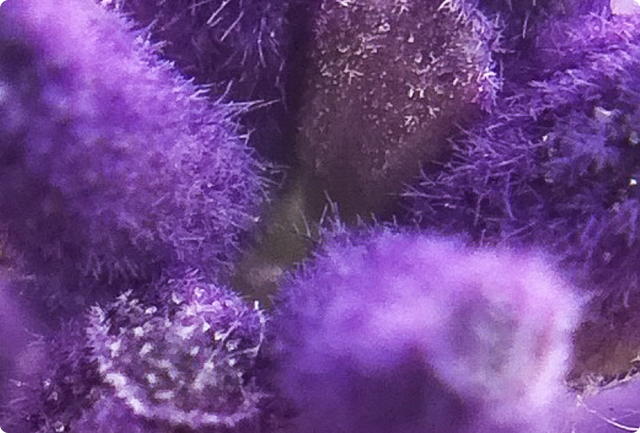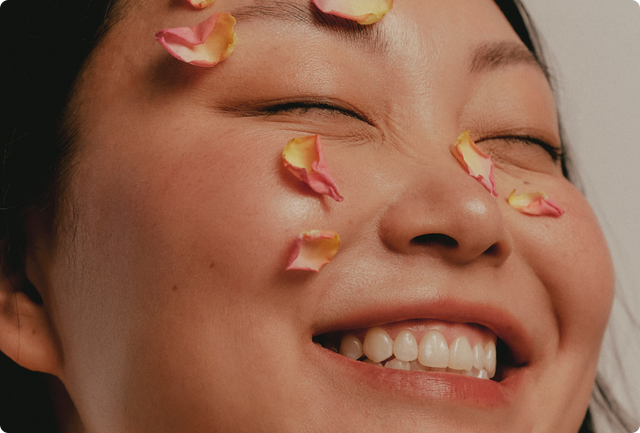About the Plant
Echinacea, also known as purple coneflower, is a striking flowering herb native to North America. Best known for its ability to support the immune system, it’s been used for centuries to fend off seasonal illness, speed up recovery, and provide natural defense against pathogens. Echinacea extract is typically made from the roots or flowering tops of the plant, depending on the species.
Why You Would Use the Plant
Echinacea is widely chosen for times when you want to:
- Strengthen and stimulate immune function
- Shorten the duration of colds or flu-like symptoms
- Reduce upper respiratory symptoms (e.g., sore throat, sinus congestion)
- Encourage resilience during seasonal changes or stress
- Support healing and reduce localized inflammation
- Prime the body’s natural defense systems during travel, stress, or fatigue
Clinical Findings
| Study | Participants & Duration | Key Results | Reference |
|
Cold & Flu Prevention |
Over 700 adults over 4 months |
Reduced cold incidence by 26% vs placebo; shortened duration when taken at onset |
Jawad et al., 2012 |
|
Respiratory System Relief |
Adults with acute cold symptoms |
Improved nasal and sinus symptoms compared to control |
Goel et al., 2004 |
Behind The Science (Made Simple)
Echinacea works by waking up the immune system—not in a stimulating or overactive way, but in a way that primes your body to respond faster and more effectively to threats.
- Supports faster response time: When used at the first sign of illness, it can shorten duration and reduce the severity of cold symptoms.
- Activates immune defense cells: Echinacea helps increase the activity of macrophages, T-cells, and natural killer cells, the body’s first responders.
- Fights viral and microbial invaders: It contains alkamides, polysaccharides, and caffeic acid derivatives that help block viral activity and ease upper respiratory symptoms.
- Calms inflammation: While it stimulates immunity, echinacea also tones down excess inflammation, helping the body recover with less collateral irritation.
- Builds resilience over time: When used consistently during high-stress or high-risk periods, echinacea can reduce overall incidence of illness
How and Where It Grows
Echinacea grows naturally in the prairies and open woodlands of North America, especially the central and southeastern U.S. It thrives in full sun and well-drained soil. Its bold purple flowers and cone-shaped centers bloom in late summer, attracting bees and butterflies. Commercial cultivation now also occurs in Europe and Canada.
Use in Ancient Medicine
Indigenous tribes such as the Sioux, Cherokee, and Cheyenne used echinacea for snakebites, coughs, infections, and wounds. It was one of the most widely used medicinal plants in Native American tradition. In the 19th and early 20th centuries, American Eclectic physicians adopted it into mainstream herbal medicine for treating infections, wounds, and fevers.
Symbolism
Echinacea symbolizes resilience, strength, and defense. Its presence in the garden is bold and upright—reflecting its role as a guardian herb. Spiritually, it’s seen as a plant that helps us stand tall through seasonal shifts, fortify our energy, and recover quickly from external challenges.
INFORMATION provided is intended for informational purposes only and is not meant to diagnose, treat, cure, or prevent any disease. Statements have not been evaluated by Health Canada or the FDA. Please consult a qualified healthcare provider before using essential oils for therapeutic purposes.
References
- Jawad M, et al. (2012). Echinacea reduces the risk of recurrent respiratory tract infections and complications. Evid Based Complement Alternat Med.
- Schapowal A, et al. (2015).Echinacea Reduces the Risk of Recurrent Respiratory Tract Infections and Complications: A Meta-Analysis of Randomized Controlled Trials
- Goel, V., Lovlin, R., Chang, C., Slama, J.V., Barton, R. and Gahler, R.J., 2004. Efficacy of a standardized extract of Andrographis paniculata (Kan Jang) in the treatment of uncomplicated upper-respiratory tract infection: a randomized, double-blind, placebo-controlled trial. Journal of Clinical Pharmacology, 44(4), pp.434-437








